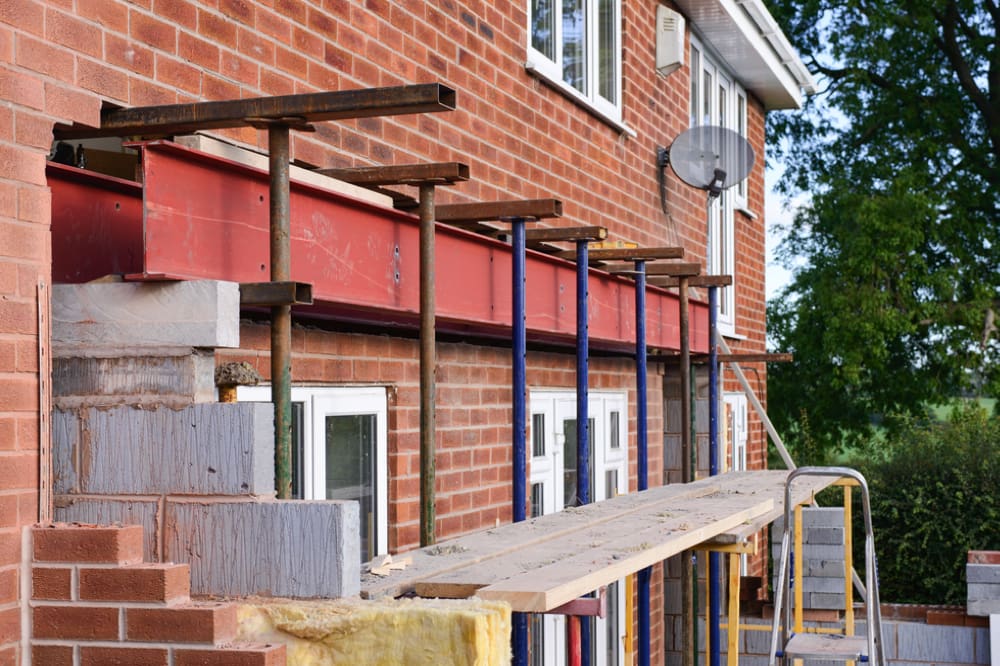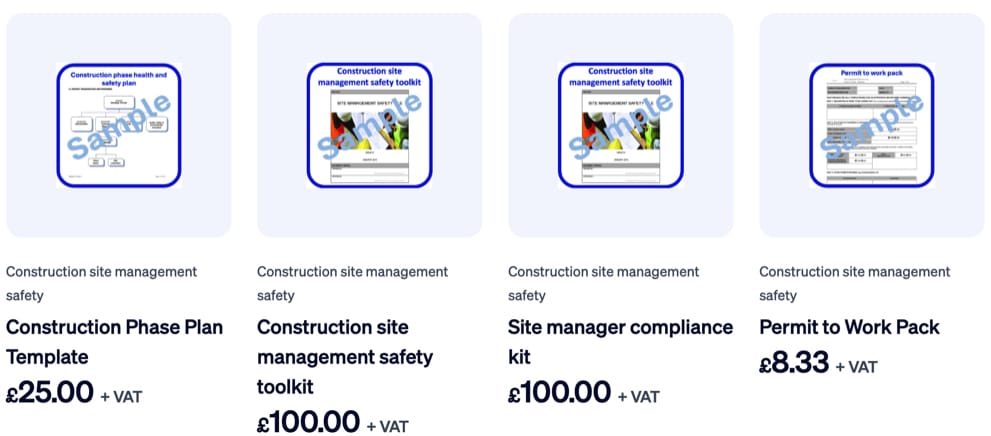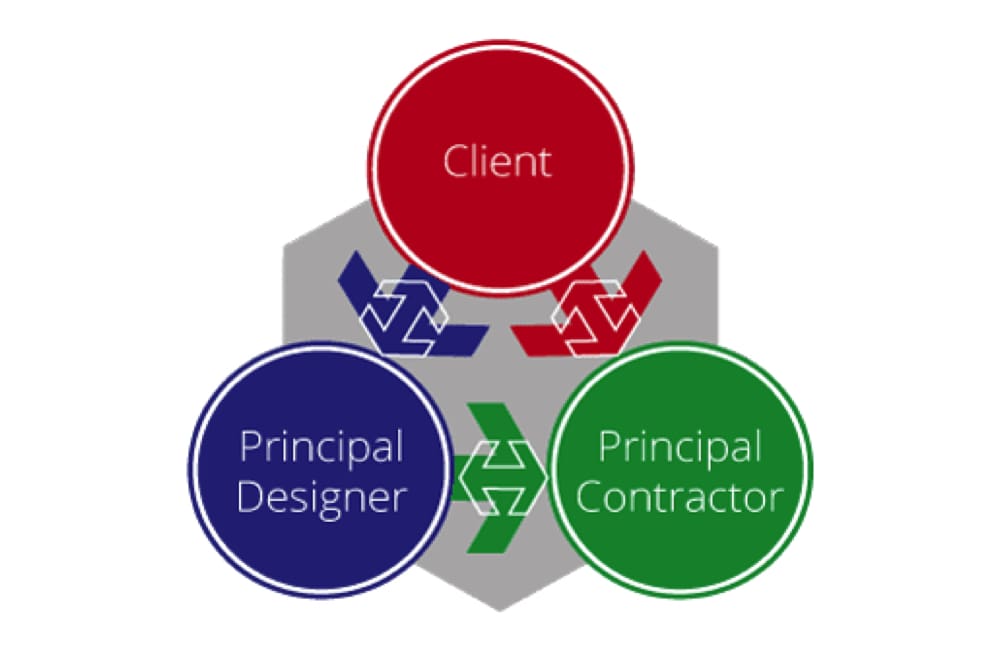How do the CDM 2015 regulation changes affect you?
Did you know there are CDM 2015 regulation changes that came into place from 6 April 2015. Here is our quick guide on how they might affect you.
New legislation
From 6 April 2015, the Construction (Design and Management) Regulations 2015 (CDM 2015) came into force, replacing CDM 2007. The key changes of the new CDM regulations are listed below:
- The revised Regulations apply to all projects including domestic client jobs
- All projects must have a written construction phase plan
- The role of CDM co-ordinator in the previous CDM Regs 2007 has been removed and replaced with a new role of principal designer
- There is a duty to make sure all persons doing the job have the right skills, knowledge, training and experience
- A Principal designer and principal contractor must be appointed on projects that will have more than one contractor
CDM 2015 main changes
CDM Coordinator role replaced by a ‘Principal Designer’. Clients are required to appoint a ‘Principal Designer’ for all projects involving more than one contractor (trade contractor) on site at one time
Client’s duties strengthened. Several of the previous functions of the CDM Co-ordinator are now to be carried out by the Clients directly, and the wording for these duties is more onerous. Additionally the Client has a new duty to ensure that both the Principal Designer and Principal Contractor comply with their duties.
Client’s “key project advisor” role removed. Previously the CDM Co-ordinator acted as the “key project advisor in respect of construction health and safety”, however under CDM2015 the Principal Designer only has to provide advice to the Client with respect to Pre-Construction Information. Accordingly, Clients that need help with their duties are advised in the HSE Guidance Document to seek competent specialist advice.
Duties to be applicable to domestic projects. For domestic projects involving more than one contractor the Principal Contractor will normally assume the Client duties. The domestic Client can choose to appoint a Principal Designer for the project. However if they do not make this appointment, the first Designer appointed during the pre-construction phase becomes the Principal Designer for the project.
Principal Designer and Principal Contractor required for all projects with more than one “trade” Contractor on site. Clients must appoint both a Principal Designer and Principal Contractor. Principal Designer’s duties include identifying and controlling risks, assisting the Client in the production of PreConstruction Information, and the preparation of the Health and Safety File. Principal Contractor duties include the planning, management and co-ordination of construction phase of the project.
Construction Phase Plan is required for all projects. The Client is to ensure that a Construction Phase Plan, provided by the Contractor or Principal Contractor, is in place before any works commence.
Threshold for notification. Notification to the HSE is required for any project exceeding 30 construction days with 20 or more workers, or if the project exceeds 500 person days.
‘Explicit competence’ requirements removed. The Client will need to ensure those that are to be appointed (i.e. Designer, Contractor or Principal Contractor and Principal Designer) can demonstrate appropriate information, instruction, training and supervision.












